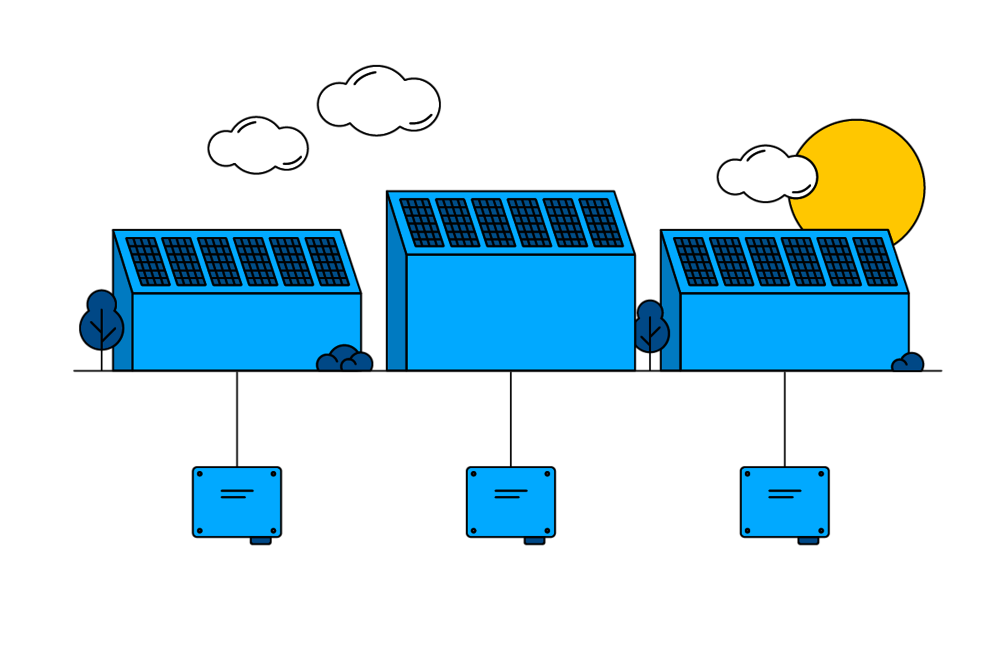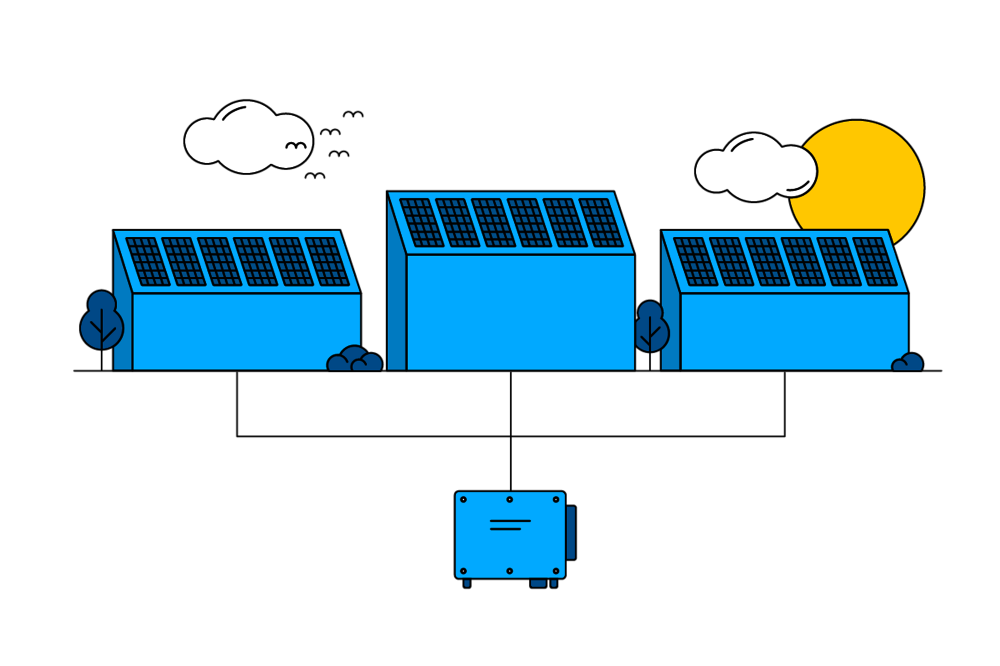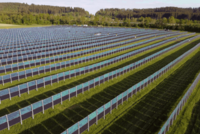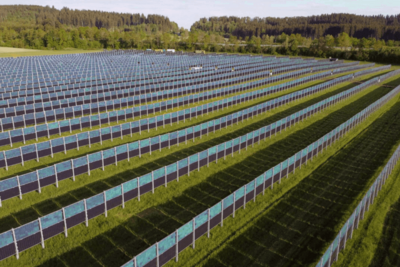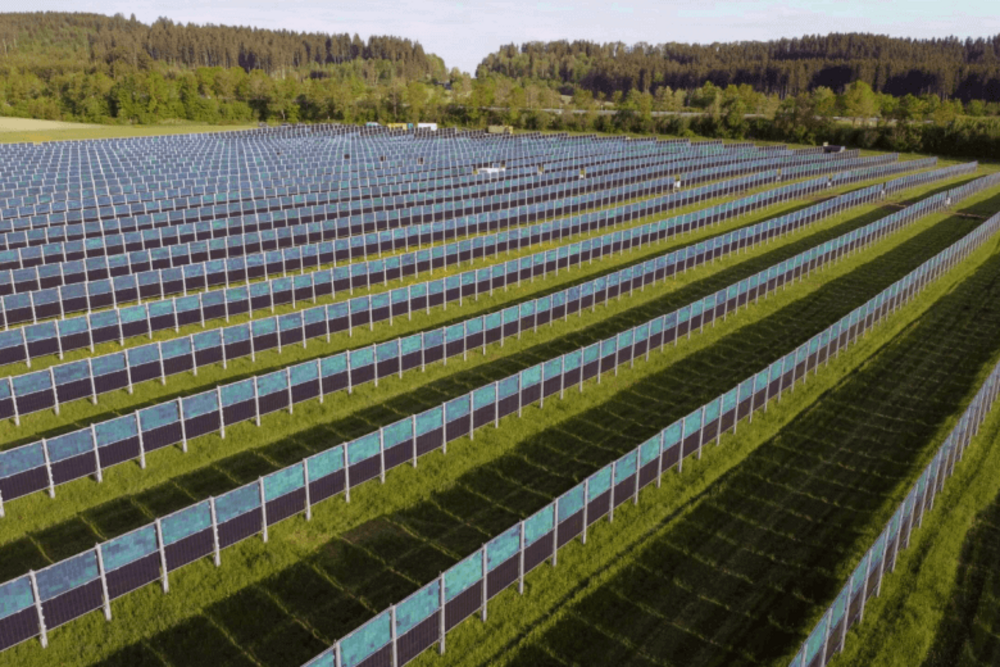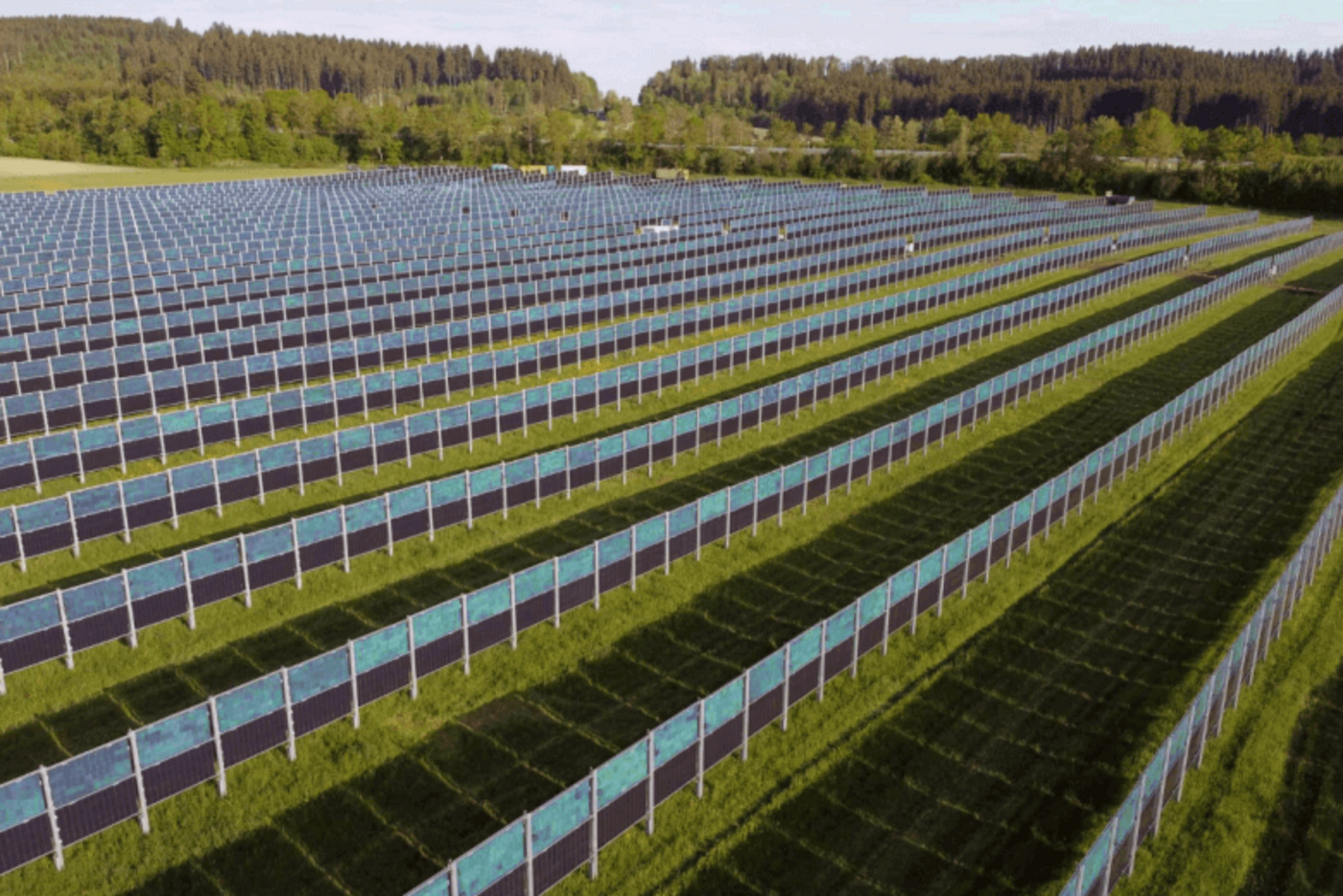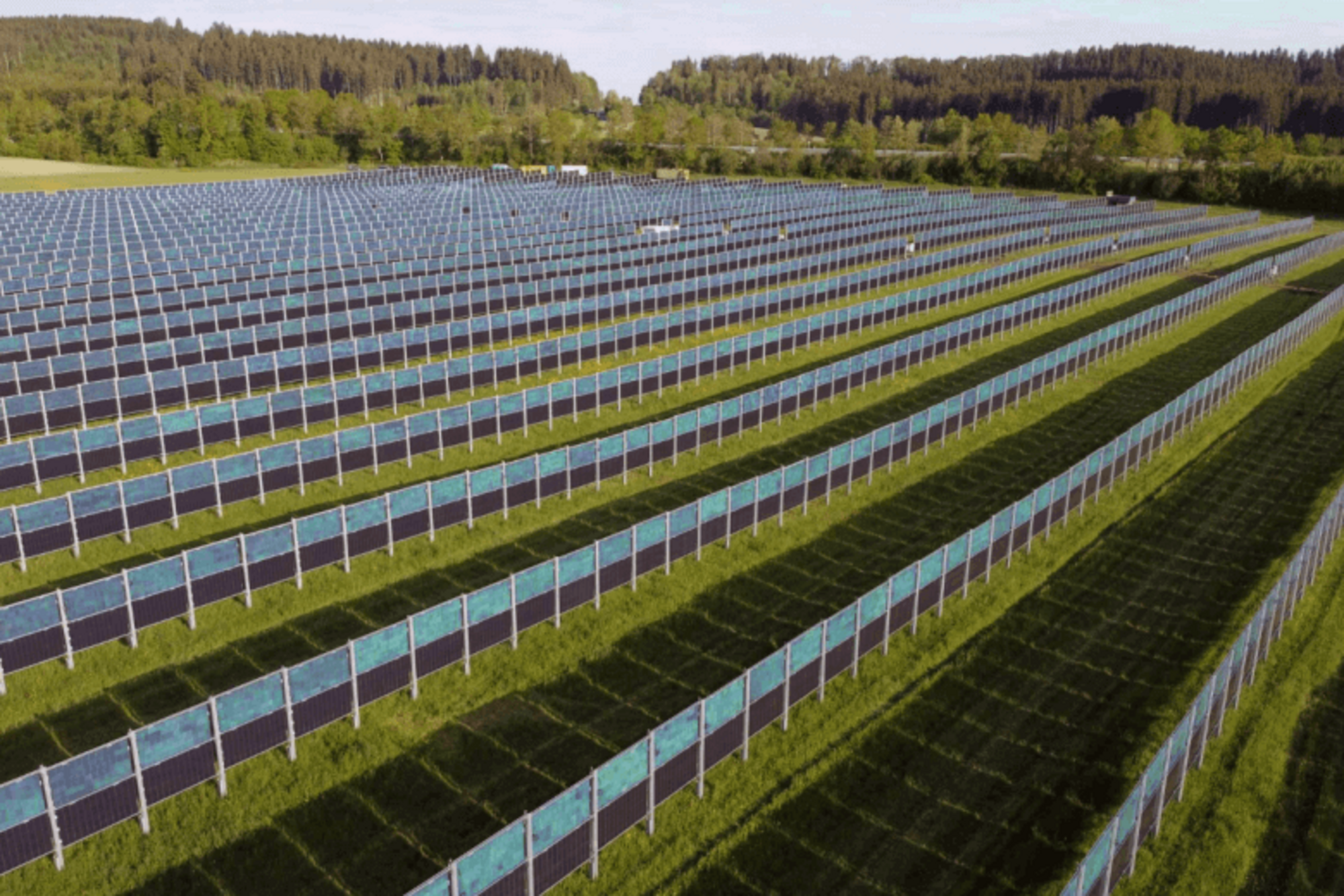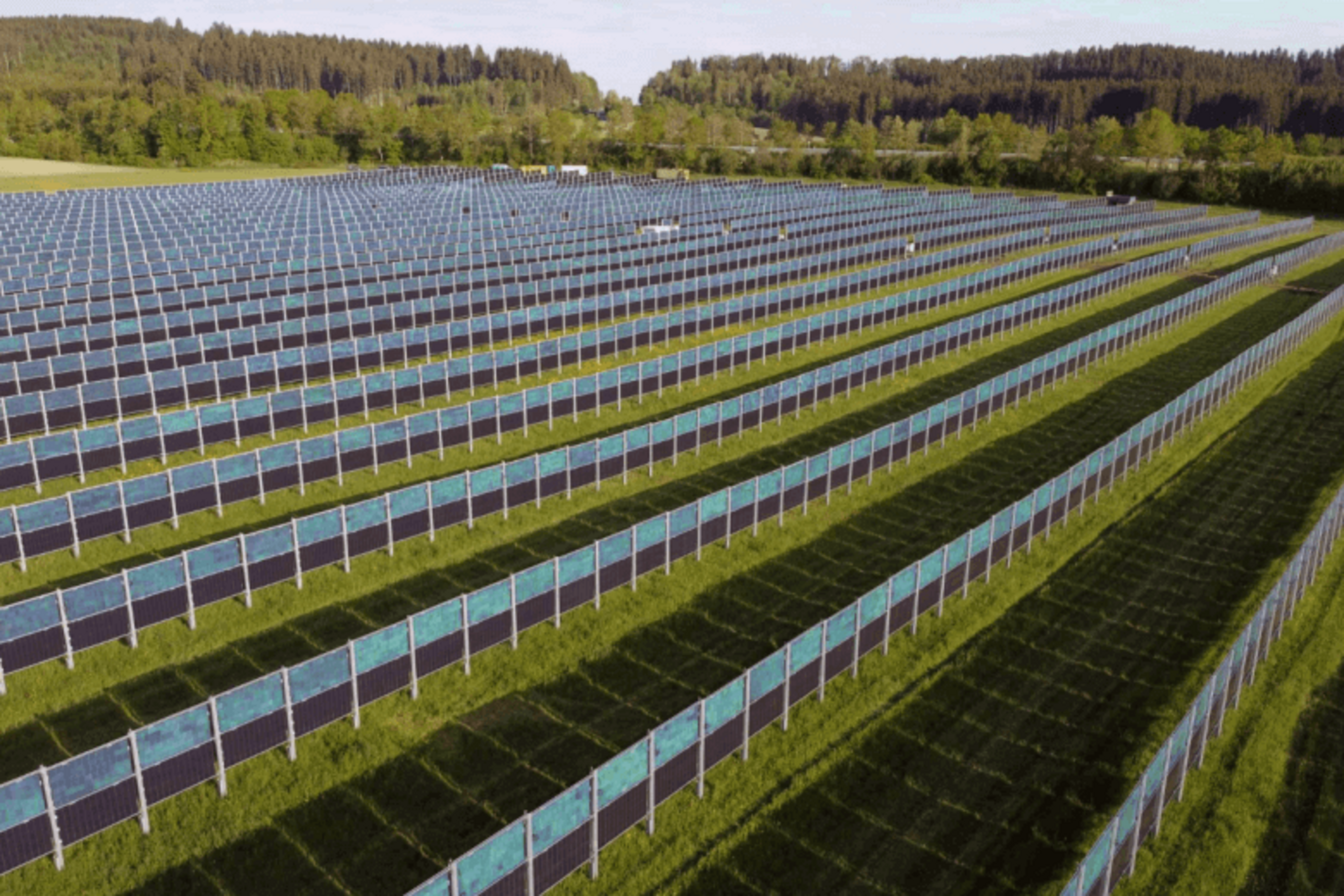More Power – Sungrow CX Commercial Inverters
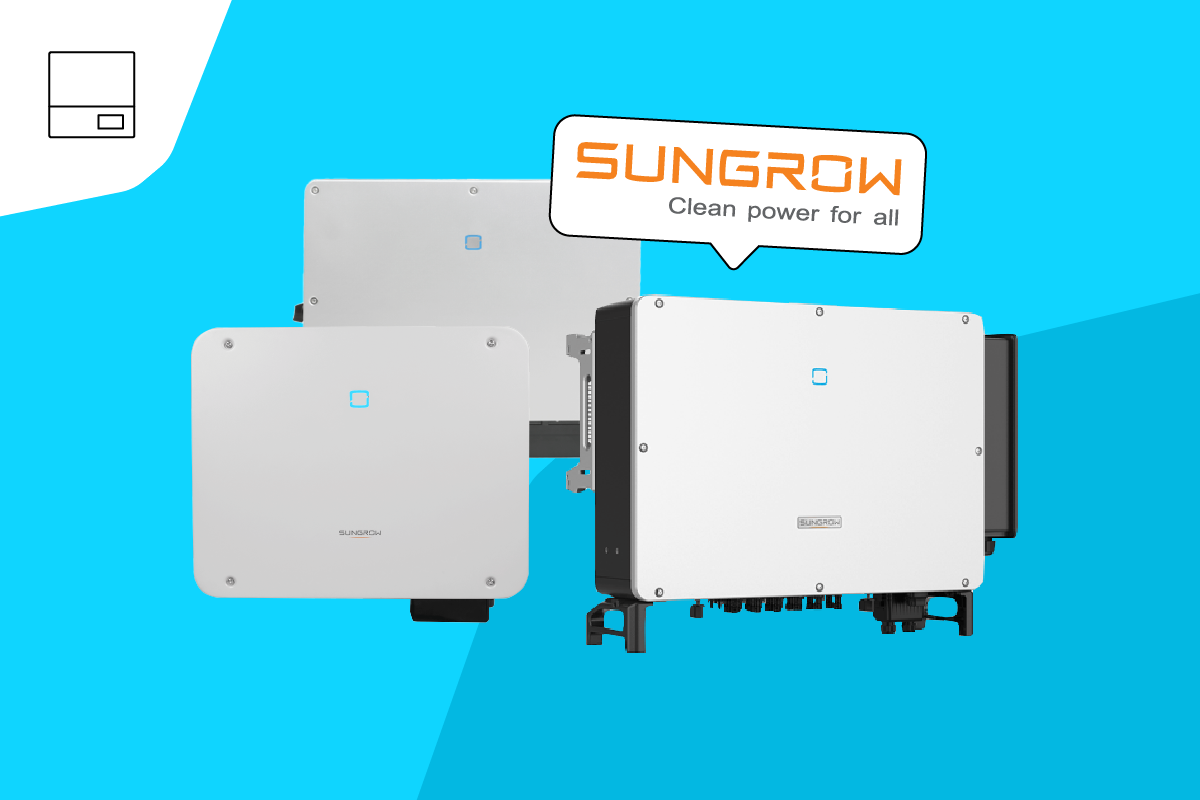
Germany reached its 2024 PV installation target by June 2024 and continues to grow. In contrast to the trends seen in 2022 and 2023, this growth is no longer primarily driven by residential systems. Instead, the commercial, ground-mounted and large-scale solar sectors experienced remarkable expansion in 2024. At the heart of these systems are high-efficiency inverters. In this article, we introduce Sungrow's CX Series commercial inverters and provide key insights into selecting and installing the right commercial inverter for your needs.
Who is Sungrow?
Sungrow has been a leading name in the solar energy market for many years. Since its founding in 1997, the manufacturer has specialised in inverters and energy storage solutions for both residential and commercial applications. From the very beginning, Sungrow has focused on rigorous quality assurance and continuous innovation. The company’s dedicated research and development department plays a key role in driving the continuous advancement of Sungrow inverters.
This extensive experience, combined with a strong technological foundation, delivers exceptional results: the Sungrow CX series commercial inverters are highly versatile and perfectly suited for a wide range of applications in the commercial and industrial sectors.
What are the advantages of Sungrow CX inverters?
The Sungrow CX series inverters are a popular choice for larger photovoltaic (PV) systems. With power classes ranging from 33 kW to 125 kW, this range is ideal for projects ranging from small-scale commercial rooftop installations to large industrial applications.
In addition to their versatility, the CX series offers the following key benefits:
Exceptional Performance
The commercial inverters can be oversized on the DC side by up to 150% of the AC power, meaning they can handle power ranging from 49.5 to 175 kW. This gives you the flexibility to repower or expand at a later date. The Sungrow CX series operates with a DC input current of up to 30A per MPPT. This, combined with an efficiency of over 98.3%, ensures the long-term performance of the PV system.
Advanced Safety Features
The CX series includes built-in arc fault protection and overvoltage protection (Type I and II), providing robust safety measures while saving time and effort during system installation. These integrated features provide a complete, all-in-one safety solution.
Integrated Circuit Breakers
Sungrow CX commercial inverters are equipped with integrated, controllable double-pole contactors; an external complete solution would be considerably more complex in comparison.
PID Recovery Technology
A unique feature of Sungrow inverters is their PID (Potential-Induced Degradation) recovery technology. PID refers to power generation losses of aging solar modules. The CX inverters can mitigate and reverse these effects by generating a counter-potential in the module strings during the night. This process is highly energy efficient, consuming as little as 15 kWh per year in continuous overnight operation.
Which Sungrow commercial inverter is right for your project?
The Sungrow CX series includes models in the power classes 33, 40, 50, and 125 kW. In the following table, you will find the most important data and application areas, as well as a comparison with the commercial inverter Sungrow SG125 HX:
Model | Power Class | MPPT | Areas of Application |
|---|---|---|---|
| SG33CX Premium V112 | 33 kW | 3 | Small commercial rooftop systems, agricultural buildings, small apartment buildings, additional system on outbuildings |
| SG40CX-P2 | 40 kW | 4 | Small commercial rooftop systems, agricultural buildings, residential apartments (tenant electricity), additional systems on outbuildings |
| SG50CX-P2 | 50 kW | 4 | Small commercial rooftop systems, agricultural buildings, residential apartments (tenant electricity), additional systems on outbuildings |
| SG125CX-P2 | 125 kW | 12 | Commercial roof systems, Industrial roof systems, Larger agricultural operations, Small to medium-sized ground-mounted systems |
| SG125HX | 125 kW | 6 | Large commercial roof systems, industrial roof systems, larger individual buildings, small to medium-sized ground-mounted systems |
What factors need to be considered when planning a commercial photovoltaic system?
Selecting the right commercial inverter(s) is a crucial aspect of planning a photovoltaic system. Here are some tips for you:
How many commercial inverters does the system need?
The first step is to decide whether you need one or more commercial inverters. For a simple, small commercial rooftop system, a single inverter is often sufficient, but for larger applications, such as agricultural or industrial, you will likely need to connect multiple PV systems. Multiple smaller commercial inverters offer more flexibility and greater resilience to system failures. However, they also require more maintenance.
What should you pay attention to when wiring commercial inverters?
As a general rule, always keep AC cable lengths as short as possible. This minimises power loss. When it comes to cable routing, open cable routing is the quickest and simplest approach, but it leaves cables exposed to external factors - this can be a significant risk, especially in industrial environments. Underground cabling requires special underground cables and may not be feasible if it means disturbing the flooring - after all, business operations need to continue as smoothly as possible during system installation.
What are the potential risks to commercial inverters?
Commercial and industrial environments present unique challenges to solar inverters that are not typically found in residential environments. Vibrations from heavy machinery or traffic can damage the inverter over time. To mitigate this risk, consider mounting the inverter on vibration dampers. Extreme temperatures, often caused by industrial processes, can also affect inverter performance. Evaluate the local environment and compare it to the operating temperature range specified in the inverter data sheet. A safety margin of 10-20% is recommended to account for fluctuations. For agricultural PV systems, such as those on barn roofs or open fields, ammonia emissions pose a corrosive risk to inverters. Prolonged exposure or high concentrations of ammonia can render an inverter inoperable. To prevent this, place the inverter in a well-ventilated area and check the air quality before installation using a standard ammonia detector (or even by smell).
Conclusion
The Sungrow CX series of commercial inverters provides a compelling solution for the growing demand for solar power in commercial, multi-family, and large-scale applications. These inverters offer a unique blend of high power output, adaptability, and built-in safety features. To ensure a successful installation, careful consideration must be given to factors such as system sizing, inverter placement, wiring, and the potential hazards specific to the commercial environment.
Summary
- Commercial inverters are becoming increasingly important as a larger proportion of new PV installations are in large-scale and commercial systems.
- The Sungrow CX series of commercial inverters offers models ranging from 33 to 125 kW, featuring comprehensive safety features and an oversizing capability of up to 150%.
- This makes Sungrow commercial inverters suitable for all areas of PV applications, from small commercial rooftops and tenant electricity to large ground-mounted systems.
- When installing commercial inverters, it is important to carefully consider the installation location and cabling to ensure minimal disruption to ongoing operations and to mitigate specific risks such as vibration or chemical exposure that are common in commercial environments.


